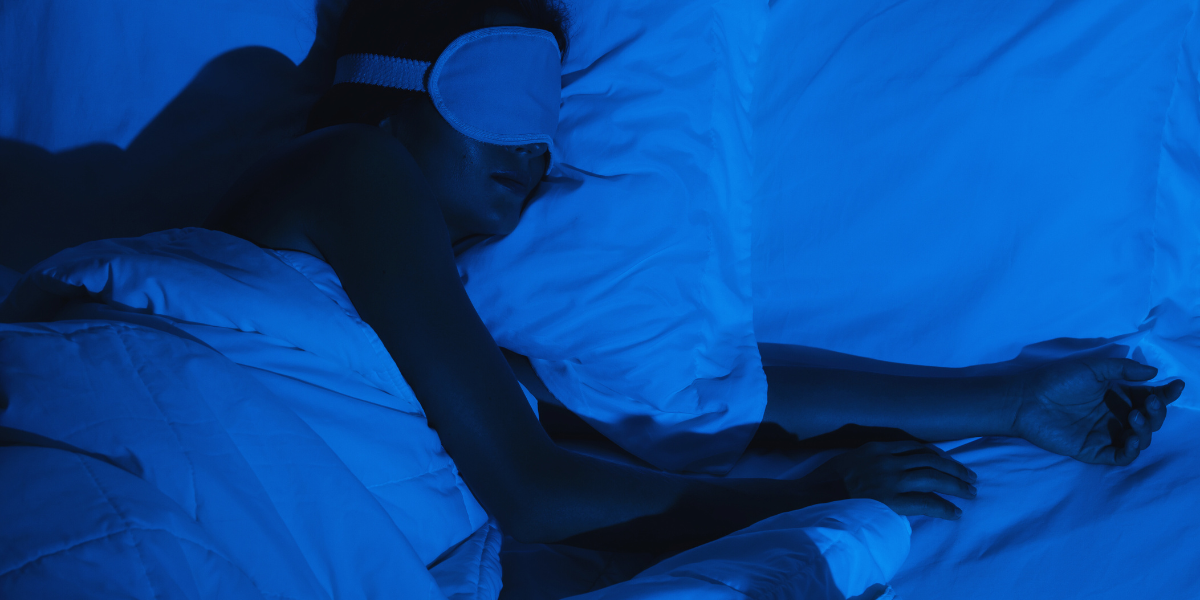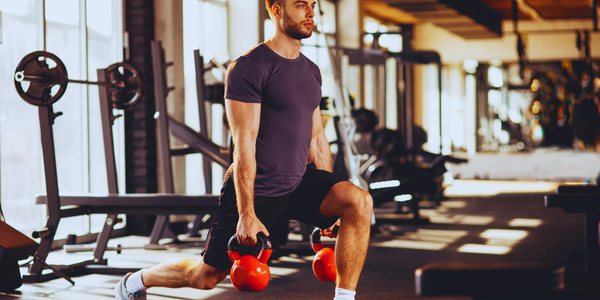💤 The Science-Backed 5-Minute Routine to Fall Asleep Faster Tonight
Why You Can’t Fall Asleep Fast

You shut off the lights, scroll one last time, and — bam — your brain lights up like Times Square. Sound familiar?
Falling asleep quickly isn’t about willpower; it’s about aligning with your body’s biology. Science shows that your sleep latency (the time it takes to fall asleep) depends on light exposure, body temperature, and nervous-system calmness.
Here’s a 5-minute evidence-based evening routine that resets your circadian rhythm, boosts recovery, and even supports testosterone production.
🕯️ Step 1: Dim Screens & Lights (1 minute)
Your brain runs on a clock called the circadian rhythm—light tells it when to stay alert or power down. Blue light from screens delays melatonin by up to 90 minutes.
Action:
- Switch to night mode or wear blue-light-blocking glasses one hour before bed.
- Turn off overhead LEDs and use warm lamps or candles.
Science: Research from Harvard Medical School shows reducing blue light improves sleep onset and quality within days.
❄️ Step 2: Cool the Room (1 minute)
Body temperature naturally drops before sleep. A cool environment signals it’s time to rest.
Action:
- Keep your bedroom between 60–67 °F (15–19 °C).
- Take a warm shower → the rapid cooldown afterward helps your core temp fall faster.
Why it matters: Lower core temperature boosts deep-sleep quality—key for muscle repair and hormone balance.
🌬️ Step 3: Breathing Reset (2 minutes)
Stress elevates cortisol, which suppresses melatonin. Controlled breathing flips your nervous system from “fight-or-flight” to “rest-and-digest.”
Try this:
4-7-8 Breathing — Inhale 4 sec · Hold 7 sec · Exhale 8 sec · Repeat 4 cycles.
Studies from Harvard Health and Frontiers in Human Neuroscience show it reduces heart rate and induces relaxation comparable to meditation.
💊 Step 4: Magnesium & Glycine (30 seconds)
Both minerals play a role in neurotransmitter regulation and sleep quality.
- Magnesium Glycinate (200–400 mg) → calms the nervous system.
- Glycine (3 g) → lowers body temperature and shortens sleep latency.
Always consult a healthcare professional before supplementing.
💤 Step 5: The Final Wind-Down (30 seconds)
Lie down, close your eyes, and do a quick body scan: notice your breath, then relax your jaw, shoulders, and back.
Avoid checking your phone—dopamine hits undo all your prep.
Instead: visualize your next morning’s routine — this primes your brain for consistency.
⚙️ The Science Behind It
- Circadian Rhythm: Internal 24-hour clock tied to light and temperature.
- Melatonin: Sleep hormone produced when light exposure drops.
- Thermoregulation: Cooling the body increases sleep drive.
- Parasympathetic Activation: Deep breathing slows heart rate and reduces cortisol.
Together, these mechanisms help your body shift smoothly into sleep mode.
💪 Sleep = Recovery = Testosterone
Men who sleep less than 6 hours per night can experience a 10–15% drop in testosterone, equivalent to aging 10 years hormonally (University of Chicago study).
Good sleep boosts muscle repair, fat metabolism, and mood stability—the three pillars of fitness performance.
⚡ Troubleshooting Common Sleep Issues
| Problem | Fix |
|---|---|
| Can’t turn off your thoughts | Journal 3 lines before bed or use the 4-7-8 breathing cycle. |
| Wake up at 3 AM | Avoid alcohol; it fragments deep sleep and spikes cortisol. |
| Sweating or tossing | Drop the room to 65 °F; use breathable cotton sheets. |
| Still wired at night | Reduce caffeine 8 hours before bedtime; try magnesium + glycine stack. |
| Overthinking workouts | Remind yourself: recovery happens in sleep — not the gym. |
🧠 Trends & Expert Insights
- Wearables: Devices like Oura Ring or Whoop track HRV + sleep stages for data-driven recovery.
- Apps: “Breathwrk” and “Insight Timer” integrate guided wind-downs into your night routine.
- Experts: Dr. Andrew Huberman emphasizes light and temperature as the two strongest levers for sleep onset.
❓ FAQ
Q1: What’s the best temperature for sleeping?
Between 60–67 °F (15–19 °C) — this helps trigger natural melatonin release.
Q2: How long before bed should I stop using screens?
At least 60 minutes before bedtime, or use blue-light filters if unavoidable.
Q3: Do magnesium or glycine really work?
Clinical studies show both help shorten sleep latency and improve deep sleep quality.
Q4: How does sleep affect testosterone?
Less than 6 hours of sleep can reduce testosterone by 10–15%; consistent 7–9 hours supports optimal levels.
Q5: What’s the fastest way to calm the mind at night?
Slow breathing (4-7-8 pattern) and body scanning engage the parasympathetic system, easing you into sleep.
🔚 Conclusion – Sleep Is the Most Underrated Workout
Think of this 5-minute routine as your nightly recovery ritual. Every deep-sleep cycle is a natural performance enhancer—boosting hormones, focus, and energy for tomorrow’s training.
👉 Join the Active Man Community
Get expert tips, workout guides, nutrition hacks, and the latest trends delivered straight to your inbox every week. No spam — just actionable insights to help you live stronger, healthier, and better.





